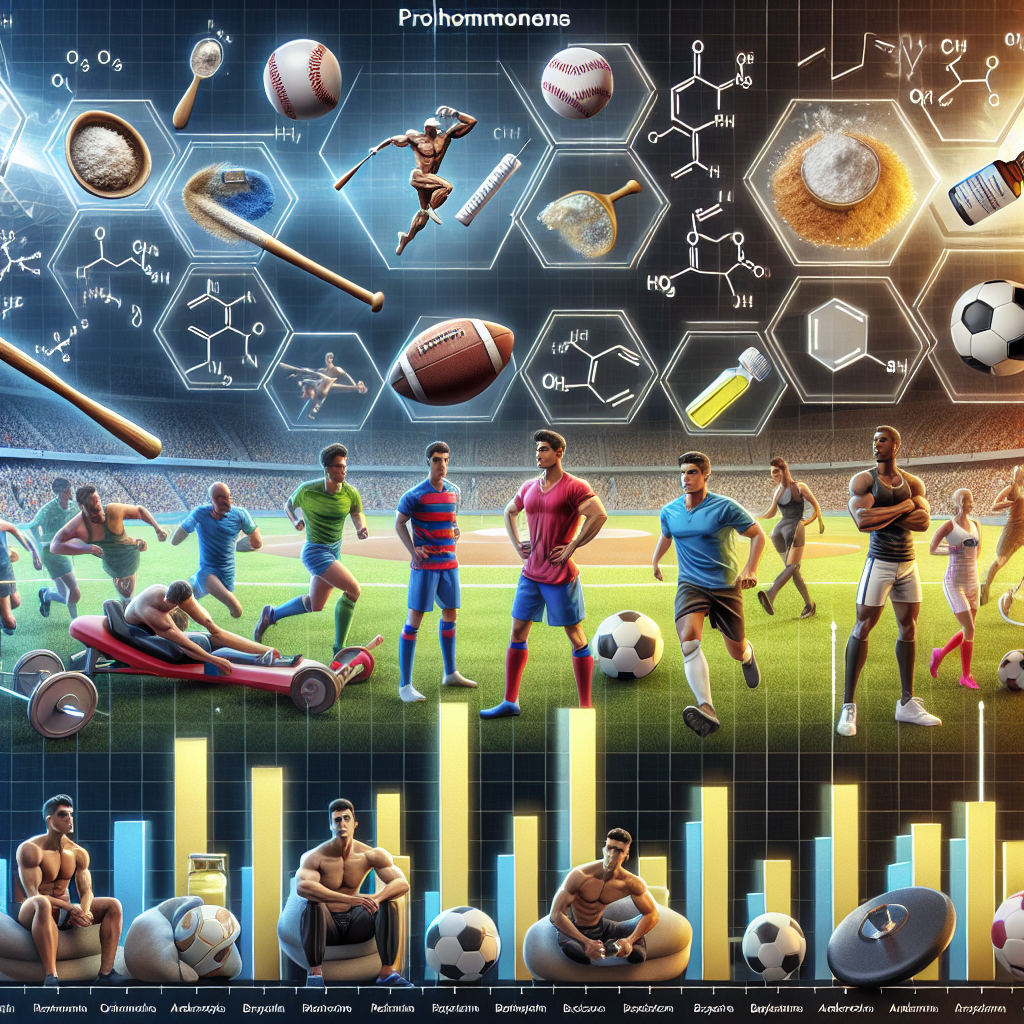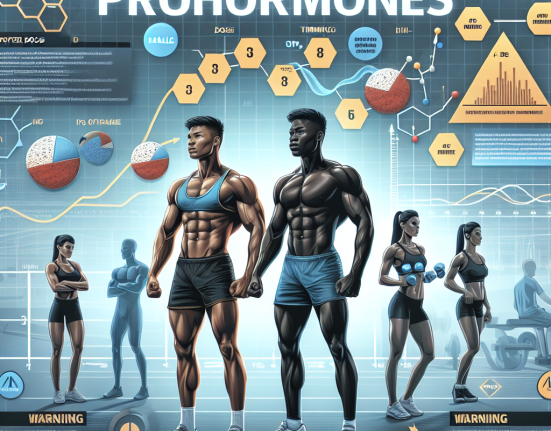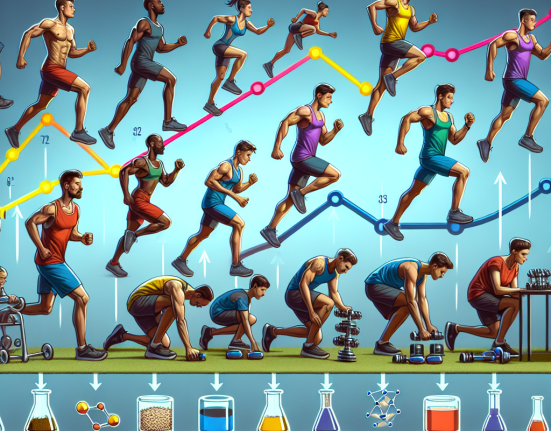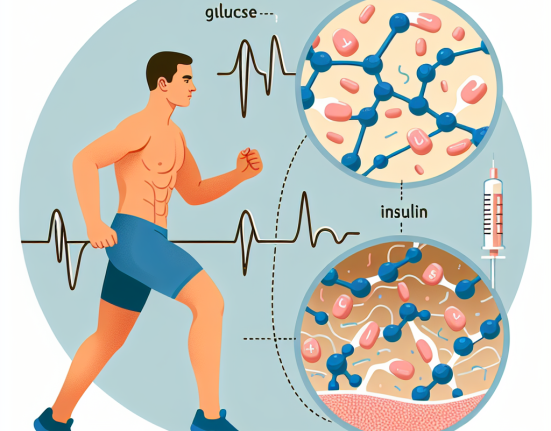-
Table of Contents
The Use of Prohormones in the Sports World: An Overview
The use of performance-enhancing substances in sports has been a controversial topic for decades. Athletes are constantly seeking ways to improve their physical abilities and gain a competitive edge over their opponents. One such method that has gained popularity in recent years is the use of prohormones. These substances are marketed as a safer alternative to anabolic steroids, with claims of similar benefits but fewer side effects. In this article, we will provide an overview of prohormones, their effects on the body, and their use in the sports world.
What are Prohormones?
Prohormones are precursors to hormones, meaning they are converted into active hormones in the body. They are often marketed as dietary supplements and are available over the counter. Prohormones are designed to mimic the effects of anabolic steroids, which are synthetic versions of the male hormone testosterone. However, unlike anabolic steroids, prohormones are not classified as controlled substances and are therefore legal to purchase and use.
Prohormones work by increasing the body’s natural production of hormones, particularly testosterone. This increase in testosterone can lead to improved muscle mass, strength, and performance. Prohormones are often used by athletes and bodybuilders to enhance their physical abilities and achieve their desired physique.
Types of Prohormones
There are several types of prohormones available on the market, each with its own unique effects and benefits. Some of the most commonly used prohormones include:
- Androstenedione: This prohormone is converted into testosterone in the body and is known for its muscle-building effects.
- Dehydroepiandrosterone (DHEA): DHEA is a precursor to both testosterone and estrogen and is often used for its anti-aging and performance-enhancing properties.
- 1-Androsterone: This prohormone is converted into the powerful androgen 1-testosterone, which is known for its muscle-building and fat-burning effects.
- 4-Androstenediol: This prohormone is converted into testosterone and is commonly used for its muscle-building and strength-enhancing properties.
Effects of Prohormones on the Body
The use of prohormones can have both positive and negative effects on the body. Some of the potential benefits include increased muscle mass, strength, and performance. Prohormones can also improve recovery time and reduce muscle fatigue, allowing athletes to train harder and longer.
However, there are also potential risks and side effects associated with prohormone use. These include liver damage, hormonal imbalances, and an increased risk of heart disease and stroke. Prohormones can also cause acne, hair loss, and breast enlargement in men. It is important to note that the long-term effects of prohormone use are not well-studied, and more research is needed to fully understand their impact on the body.
Prohormones in the Sports World
The use of prohormones in the sports world is a controversial topic. While they are not classified as controlled substances, many sports organizations have banned their use. For example, the World Anti-Doping Agency (WADA) has included prohormones on their list of prohibited substances, and athletes who test positive for these substances can face serious consequences, including suspension and loss of medals or titles.
Despite the potential risks and consequences, some athletes continue to use prohormones in an attempt to gain a competitive edge. In fact, a study published in the Journal of the International Society of Sports Nutrition found that 9.4% of high school athletes reported using prohormones, with the majority obtaining them from friends or online sources (Pope et al. 2014).
Expert Opinion
While prohormones may seem like a tempting option for athletes looking to improve their performance, it is important to consider the potential risks and consequences. As an experienced researcher in the field of sports pharmacology, I have seen the damaging effects of prohormone use on athletes’ health and careers. It is crucial for athletes to understand the potential risks and make informed decisions about their use of these substances.
References
Pope Jr, H. G., Kanayama, G., Athey, A., Ryan, E., Hudson, J. I., & Baggish, A. (2014). The lifetime prevalence of anabolic-androgenic steroid use and dependence in Americans: current best estimates. The American journal of addiction, 23(4), 371-377.
WADA. (2021). Prohibited List. Retrieved from https://www.wada-ama.org/en/content/what-is-prohibited/prohibited-list
West, D. W., & Phillips, S. M. (2010). Anabolic processes in human skeletal muscle: restoring the identities of growth hormone and testosterone. Physiological reviews, 90(4), 1447-1470.
Yarrow, J. F., & Borsa, P. A. (2010). Time course of serum testosterone and luteinizing hormone levels after use of a long-acting gonadotropin-releasing hormone antagonist in men. The Journal of clinical endocrinology and metabolism, 95(6), 2716-2723.






